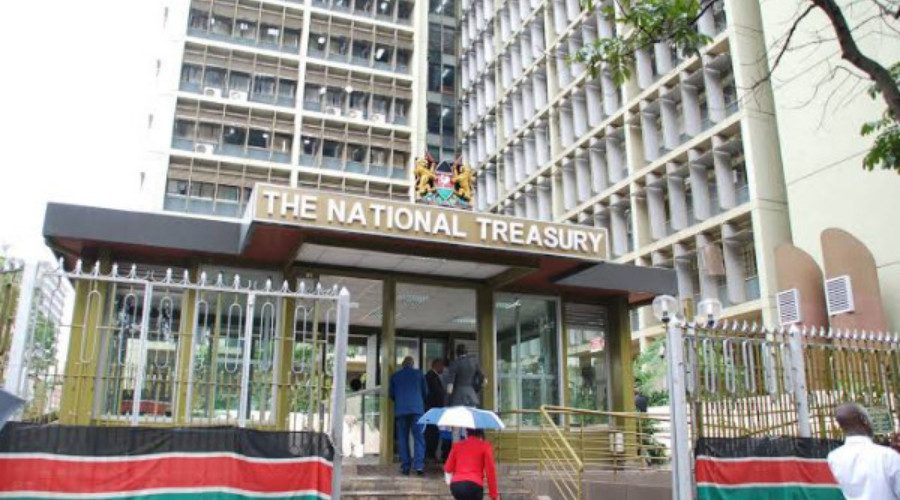Kenya’s borrowing strategy faces significant hurdles following the recent downgrade of its credit rating, the National Treasury revealed. The downgrade has restricted the country’s access to commercial loans, raising borrowing costs and intensifying fiscal challenges.
In the newly released 2025 Public Debt Management Strategy, the Treasury outlined the broader consequences of the downgrade, emphasizing its ripple effects on the economy.
“Rating downgrades lead to increased borrowing costs, limited access to credit markets, low investor confidence, currency depreciation, and heightened debt sustainability risks,” the report stated.
This downgrade, issued in August 2024 by global credit rating agency Standard & Poor’s, saw Kenya’s long-term sovereign credit rating drop from B to B-minus. The decision stemmed from weaker fiscal consolidation efforts and the growing burden of public debt.
Debt Sustainability Under Pressure
Kenya’s public debt, although still deemed sustainable, is edging closer to unsustainability. The Treasury disclosed that the present value of public debt had surged to 63% of the gross domestic product (GDP), well above the 55% threshold for sustainable debt levels.
The government has committed to reducing this figure to within acceptable limits by November 1, 2028, signaling a decisive focus on fiscal responsibility and debt reduction.
A Shift in Borrowing Strategy
To counter the downgrade’s adverse effects, the Treasury has adopted a revised borrowing strategy. Going forward, external sources will account for only 25% of gross borrowing, with the remaining 75% sourced domestically.
This pivot aims to mitigate risks associated with volatile international credit markets while fostering local economic growth.
Navigating Economic Challenges
Kenya’s credit downgrade underscores the delicate balance between maintaining economic stability and managing mounting debt obligations. As the government implements its debt management strategy, achieving sustainability will be critical to restoring investor confidence and ensuring long-term fiscal health.
This development serves as a stark reminder of the urgency for bold reforms to stabilize Kenya’s economy amidst global and domestic financial pressures.





